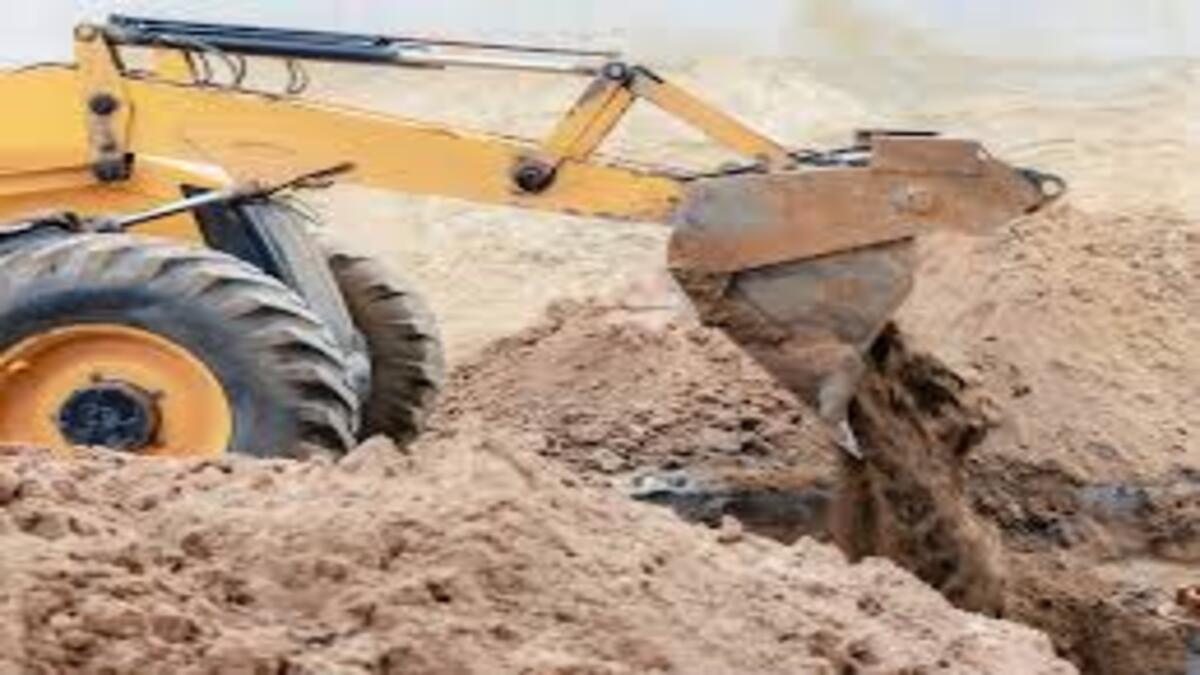Introduction Of Backfilling Materials
Backfilling materials are the materials used to fill the space around and on top of a buried structure or foundation, such as a basement, retaining wall, or underground pipe. The process filling these materials are known as backfilling.

The primary purpose of backfilling is to provide support and stability to the structure and to protect it from external forces such as soil pressure and water.
Backfilling materials typically consist of soil, sand, gravel, crushed stone, or a combination of these materials. The specific type of material used will depend on the type and size of the structure being supported, as well as the surrounding soil conditions.
Apart from providing support and stability, backfilling materials also serve to improve drainage and reduce the risk of water damage to the structure. Proper backfilling is essential to the long-term durability and safety of buried structures, and it is typically performed by trained professionals to ensure that the job is done correctly.
Types Of Backfilling Materials
Here is the detailed list of various types of backfilling materials.
- Gravel: Gravel is a popular choice for backfilling due to its good drainage properties. It allows water to flow freely and prevents water accumulation around the structure. It is also a durable and stable material that can withstand heavy loads. Gravel is easy to compact and does not settle easily.
- Crushed Stone: Crushed stone is another commonly used backfilling material. It is similar to gravel but has more jagged edges. Crushed stone also has good drainage properties and provides excellent support to the structure. It is available in various sizes, making it suitable for different applications.
- Sand: Sand is an excellent backfilling material that can help prevent soil settlement. It is also easy to compact and provides good drainage. However, it may not be suitable for areas with high groundwater levels.
- Pea Gravel: Pea gravel is a smaller version of gravel and is often used for backfilling around pipes and other utilities. It provides good drainage and can also help prevent soil erosion.
- Clay: Clay is a commonly used backfilling material that can help prevent water penetration around the structure. It is an excellent option for areas with high groundwater levels. However, clay can be difficult to compact and may settle over time.
- Silt: Silt is a fine-grained soil that is often used as backfilling material. It is easy to compact and provides good support to the structure. However, it is not suitable for areas with high groundwater levels as it does not provide good drainage.
- Topsoil: Topsoil is a mixture of sand, silt, and clay and is often used for backfilling in landscaping projects. It provides good support to plants and can help prevent soil erosion. However, it is not recommended for backfilling around structures as it does not provide good drainage.
